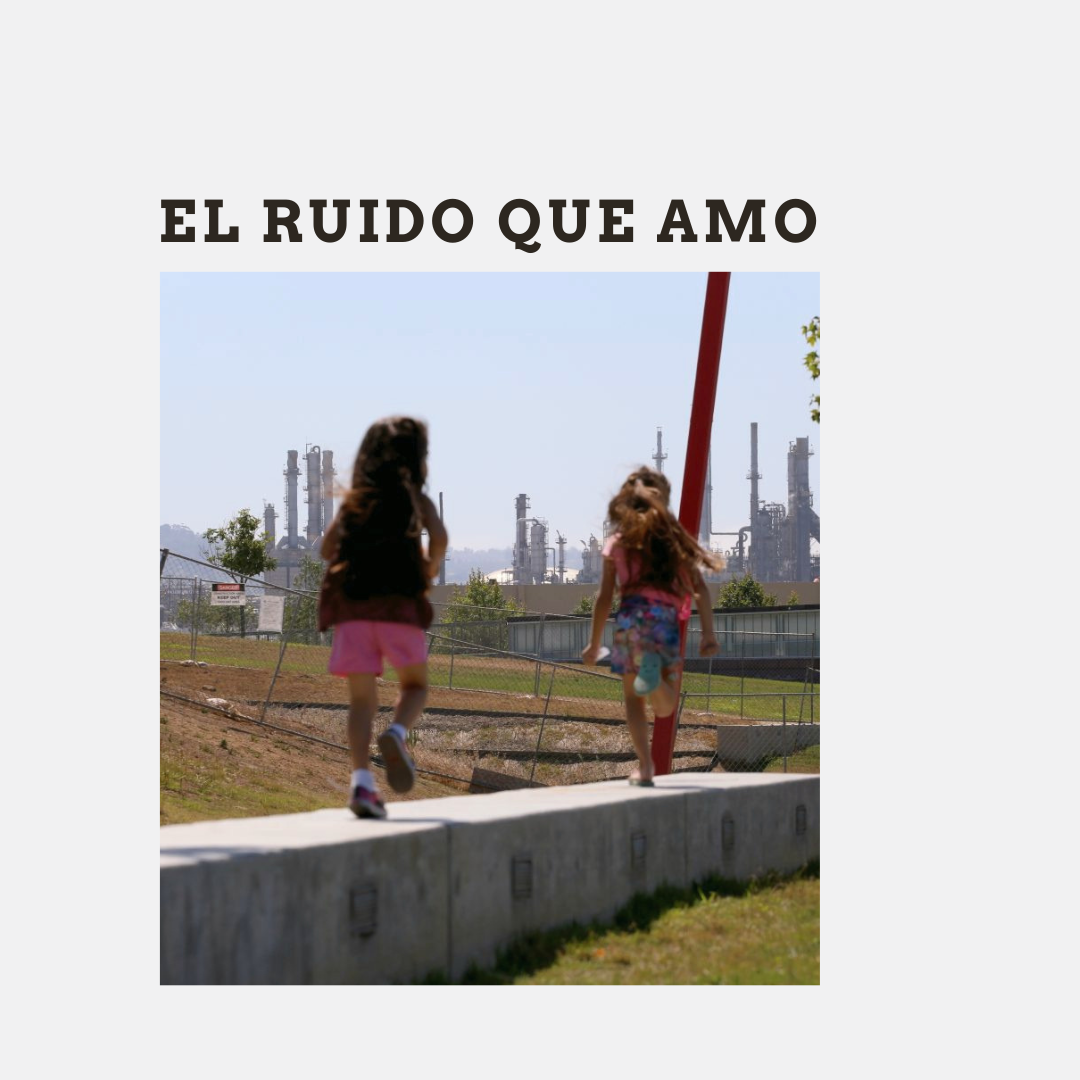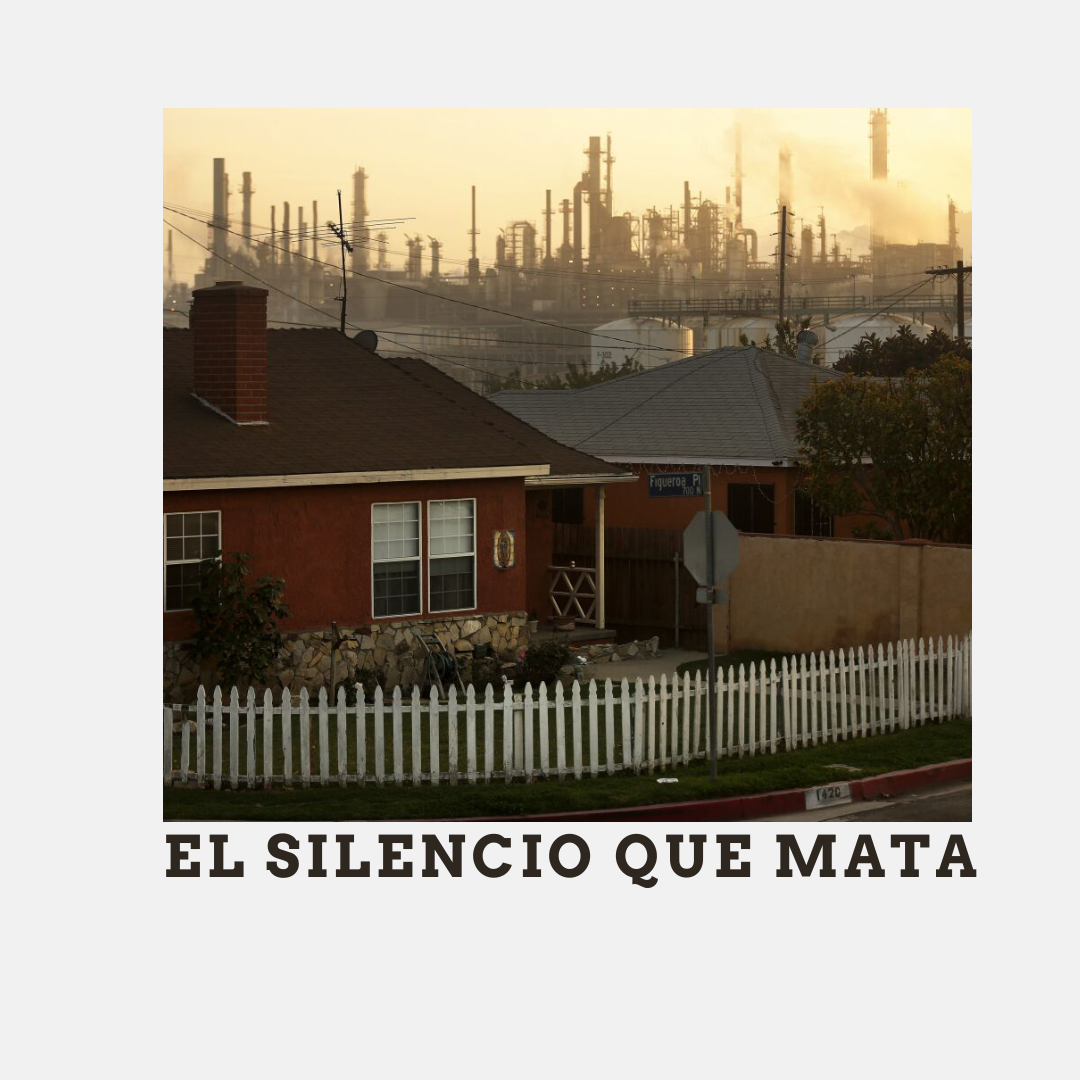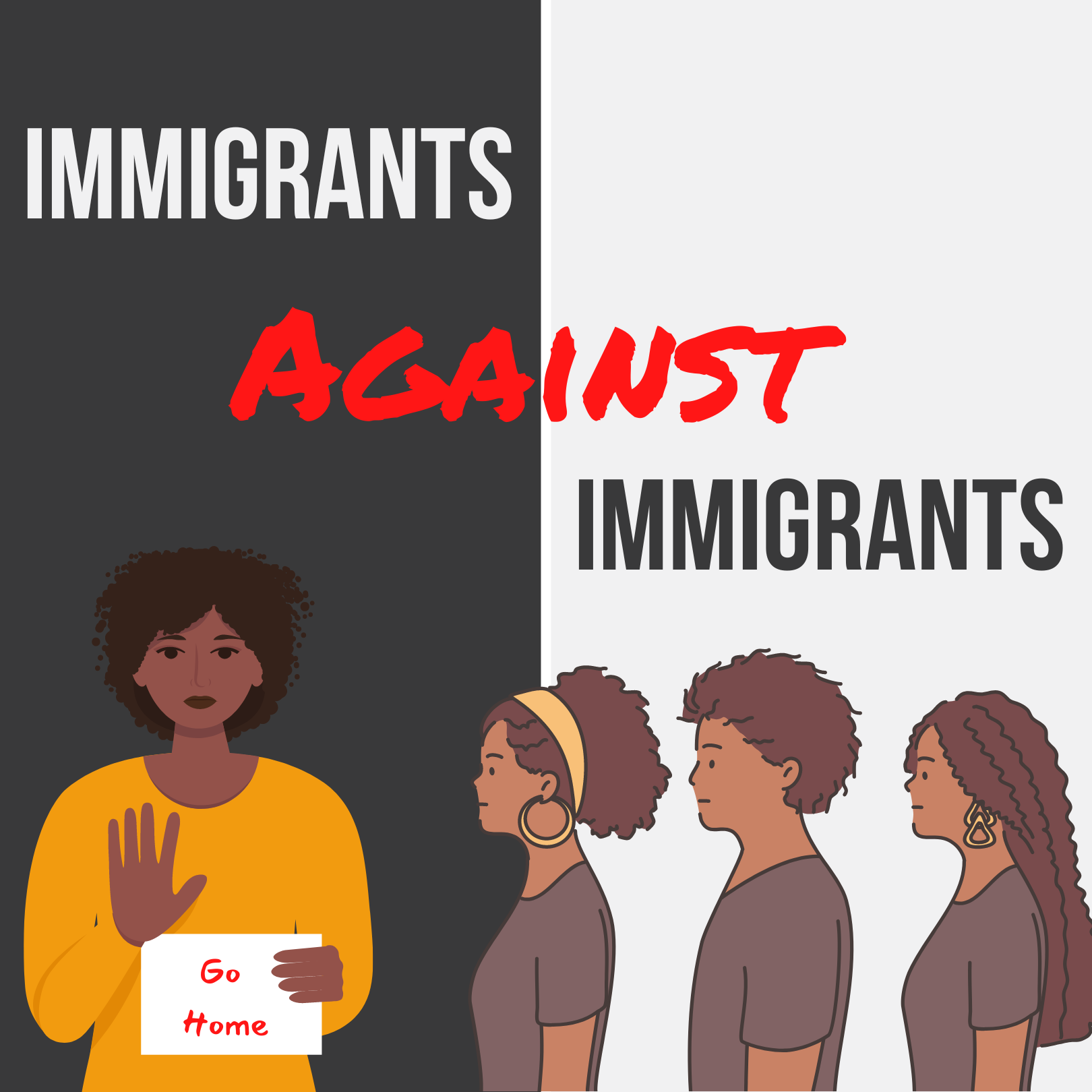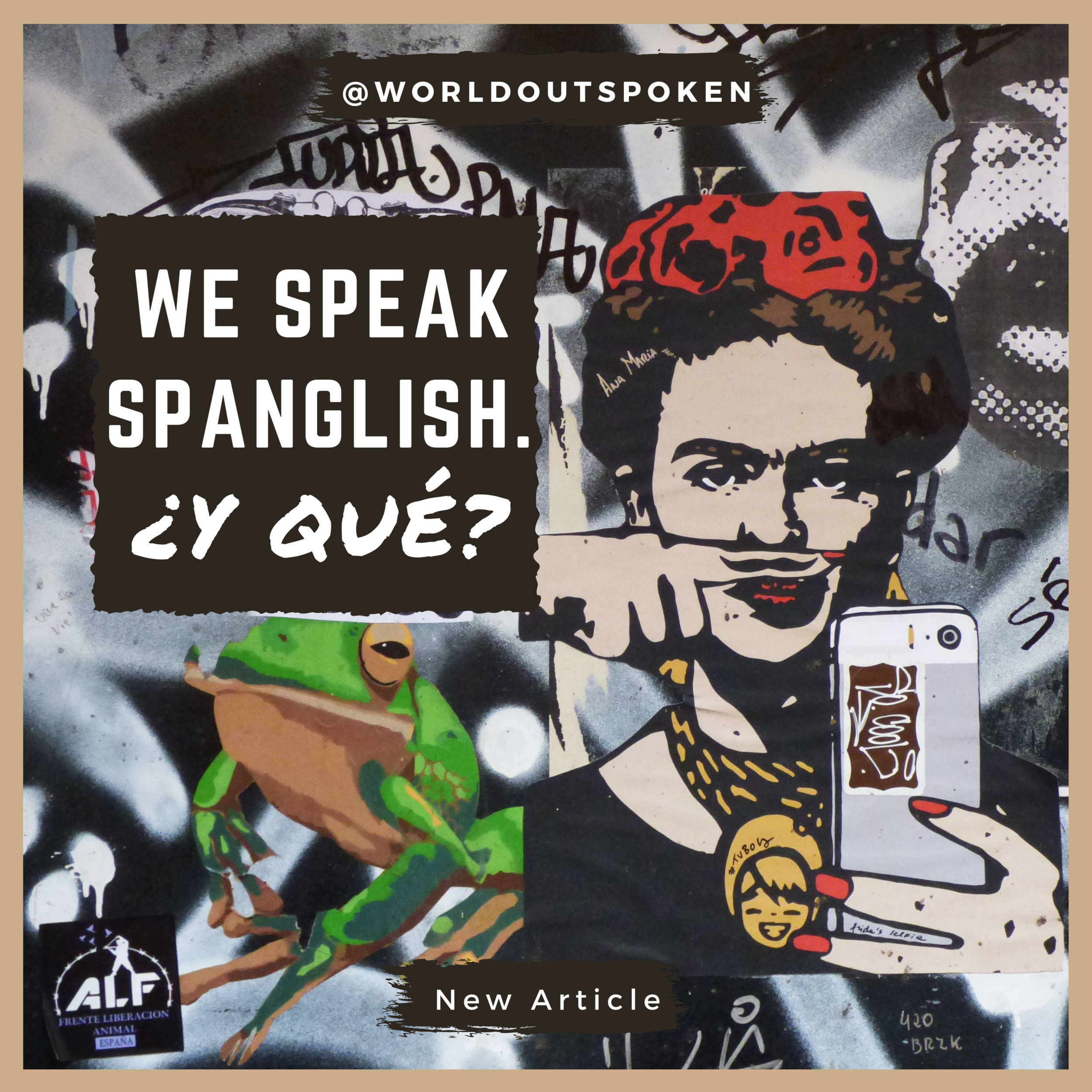This Spring we are featuring three pieces by student writers who are engaging theologically as bi-cultural leaders. We are thrilled to give platform to these up and coming voices who will surely shape the trajectory of the mestizo church. -The Editors
As a child, my family did not go to mass or recite the rosario often. Instead, cooking was our liturgy. The tortillas we made were coupled with frijoles that satisfied any unmet craving. When we did attend mass, the incense penetrated our senses as the priests’ hands presented the eucharist like a flag of victory waiving over a pueblo that didn’t feel mine. The white wafers communicated what Christ’s body is, and this body was not like that of the brown bodies in the pews.
Years later, I converted to a White protestant tradition, and as a Chicano, whose home contained white American and New Mexican culture, my mestizaje was accepted. Still, assimilation to a kind of white culture was implied. Mexican cuisine was a source of spiritual nutrition in the home—all was well with a tortilla on the comal. Tortilla-making primed me to experience God. Yet, the protestant church that I attended worshiped outside of my cultural context, and the Christ presented to me viewed the world unlike me. The celebration of the Eucharist was less of an experience with God, rather, it was an intellectual exercise to simply “remember” Christ’s death and resurrection.
At the height of COVID, church service was online. One time, worshiping in my living room, the congregation was invited to break bread and drink wine (juice for us). I was disappointed that all we had in the pantry were corn tortillas. “We eat this in memory of you,” the pastor said as I split a tortilla in my hands. With tortilla in hand, worship was now in my context instead of one that valued an essentialized form of communion over others.
Centuries of theological developments on the eucharist provoked an embodied fear against deviations from tradition. The white wafers I had become accustomed to were made foreign over a slight change from the norm—from wheat to maíz—and I was unsure if my act of communion was valid. Did eating a corn tortilla count as eating the body of Christ? Whiteness deeply formed my perception of the eucharist, so that instead of being fed the body of Jesucristo, I was being fed a colonizer’s “Christ.” Jesus could never be like a tortilla, nor could he be like me—this Jesus was white. The cognitive and physical experiences stood divorced from the mestizo body and replaced with a pervasive colonial imagination of the eucharist.[1] This alienation was what I came to understand as the long-lasting projection of “superior” bodies upon the elements and the degeneration of ‘other’ bodies. Colonization consecrated the sacrament to Eurocentrism at the cost of Black and Brown bodies, but as the church operates today in multicultural contexts, the perceptions of sacramental elements must be reimagined to create an inclusive partaking of Christ’s body.
The Arrival of “White Jesus”
When the Spanish arrived at the shores of Abya Yala, awestruck, they noticed first the people, then their food. The Spanish utilized the association between diet and body to identify the people they encountered as “savages.” This issued moral categories for maíz, yuca, and other foods: considering the diet of “savage” bodies reprehensible[2]. Simply put, those who ate these things, especially maíz, were considered no different from animals. Consequently, unsuccessful attempts to make indigenous cuisine disappear expected the “uncivilized” to exclusively eat Spanish cuisine. To this day, tortillas de harina (flour tortillas) are viewed in contrast to those of maíz. In some instances, they are viewed as a “treat” in comparison to the old familiar corn tortilla.
This culinary colonization was an attempt to make indigenous pueblos transfigure into Spanish bodies.[3] Their preference for Castilian bread and wine for the eucharist was a confirmation of eurocentrism and, by proxy, a Western Jesus. Moreover, preachers communicated the expectation of proper elements by appropriating the closest Nahuatl word for bread, castellan tlaxcalli or Castilian tortillas—their tongue was mastered not to understand but to conquer.[4] The strong disapproval of indigenous cuisine led to what Jeffrey Pilcher calls the propagation of a “gospel of wheat” that served as a “symbol and sustenance of Christianity.”[5] The Spanish projected their bodies upon that of Christ, a homogenous perception of the gospel.
Rebecca Earle recounts an instance when an indigenous man mimicked Catholic mass with tortillas, anti-bread, which was later met with severe punishment.[6] Two fears grew from the faithful deviance from the “gospel of wheat”; (1) that Jesus would become foreign to the European and (2) that their European bodies would then follow suit to become animalistic.[7] This created further distance between the target population of the gospel and the Jesus behind it. Whiteness presented a gospel limited to elements never dictated by Scripture. Despite not always having access to wheat in the New World, it was standardized that it was virtually impossible to commune with Christ until inferior brown bodies folded under the kneading of Eurocentric assimilation. Because this intense folding was often followed by cruelty the indigenous had no other option but to view Christ’s body as fuel for cruelty.
Paula E. Morton’s Tortillas: A Cultural History, introduces a woman’s childhood in Mexico, describing the relationship between maíz, the working father, and the mother who learned the art of nixtamalización (a laborious process to make maíz nutritious).[8] Tortillas were inherent to familial life, bearing a likeness to that of the sacraments. Corn itself is not nutritious like wheat until it has undergone a vigorous process to become life-giving. The work behind making corn nutritious communicates the labor needed to save the starving, to then prosper them with maíz. Christ’s life and final work on the cross can be understood in this way—he labored to not only save but to continuously nurture his people.
El Pan de Jesucristo
In the “Bread of Life Discourse” found in the gospel of John, Jesus makes extravagant claims. He reminds the crowd of their ancestors’ time in the desert when “He gave them bread [manna] from heaven to eat” (Jn. 6:31). Jesus clarifies further that the provider of the bread was the Father who wanted to “give life” (vv. 32-33). What is then revealed is that He [Christ] is the bread of life sent from heaven to give salvation.[9] The manna in the desert was the foreshadowing of Christ, the bread of heaven, that would eternally sustain the people of God.
From a deeply Jewish context, bread represented the life-giving power of Christ’s passion and resurrection. With echoes of the Jewish people’s connection with bread, God entered into their rich culture to not only communicate with his people but to commune with them. Like me, a Chicano who loves tortillas, Jesus as a Jewish man, would have a similar love for his culture’s “tortillas”. As Jesucristo spoke of bread throughout the gospels, memories of his mother kneading dough, jest conversations over the dinner table, tears, and the many Shabbat dinners were inevitably attached to his public discourse and speech at the Last Supper. Culture is deeply connected to human nature, to which YHWH has always been attentive.
Yet, as Whiteness permeated the church, this connection was forcefully replaced with eurocentric idealism. Whiteness taught the indigenous, later generations of pastors, theologians, and abuelitas that relation to God could only come from a Western perception of “bread”. Ultimately excluding Black and Brown bodies from relation to God through familiar comidas representing manna; maíz could not be our manna but their manna had to be ours.
A Blessed Proclamation
“For as often as you eat this bread and drink the cup, you proclaim the Lord’s death until He comes” (1 Cor 11:26).
When he speaks of this bread, St. Paul is not speaking of elemental specificities, rather, he is speaking of theological ones. The function of the eucharist, according to Paul, is to “proclaim the Lord’s death until He comes.”[10] However, traditionalism created false theological gates around the host, perpetuating eurocentrism. Involuntarily syncretizing Whiteness with theology, the host can fail to proclaim the Lord’s death free of colonial regalia, oftentimes ignoring the needs of the people.
Some sectors of the RCC staunchly maintain a wheat eucharist despite gluten allergies and limited access to such materials. In instances where believers have no access to wheat or wine: pastors and theologians must acknowledge that they are withholding a communal relationship between creature and Creator by limiting the possibilities for the host.
As the church expands, touching new soil with new comidas, we risk promoting a neo-colonial mission. One where human bodies—their preferences and needs—are diminished for the elevation of others that have deemed themselves or their traditions to be more important. Therefore, leaders of the church must prayerfully consider how Christ is presented when caring for the diverse needs of the people.
A Redeemed Communion
What I hoped for in writing this was not to condemn the way people participate in the sacrament or to inappropriately displace the host. However, the essentializing of wheat for the host mimics the way of the colonizer which has little patience for diversity. Assessing the past and the Scriptures latinamente espouses a liberative vantage point of the sacraments–freeing the oppressed and the oppressor from heterogeneous ways of being.[11]
There is no returning to 1492 to prevent the manipulation of Christian images and practices, but we can dream of a world anew. In a similar fashion to Colton Bernasol’s verbal essay on Christian symbols, la iglesia can be honest about their history with the eucharist and formulate a “liberating meaning”. This task requires a teologia en conjunto approach joined with prayerful discernment and critical reconsiderations for the future.
Three possibilities exist as a result of considering the oppressive uses of the host. The Church can reject and ignore what has happened to Black and Brown communities by the “gospel of wheat”—doing what “has always been done”. Another, as a Christian community, they can strictly adhere to a eucharist reflective of their immediate culinary contexts, deprioritizing wheat. Or lastly, a community can recognize the latter and, as a unified Body, decide to use wheat in a liberating and redeemed fashion.
Though I am a part of a tradition that prefers a wheat eucharist, I favor the second and third options as both express liberation in multiethnic contexts. I pray that the Church not only reviews its past role in the making of the “gospel of wheat” but also looks forward to an integrated approach that is inclusive of Black and Brown bodies. More specifically, inclusive of the foods adored by those communities so that Jesucristo can do what he has always done—liberate and nurture su gente out of the desert. Which will we choose, and how will we seek a redeemed perception of Christ through the host?
About Christian Silva
A biracial Chicano raised in a New Mexican home in Colorado, Christian integrates theology, biblical theology, and history to advance the Church. He is a full time student of theology at a bible college in the Chicagoland area. Christian’s family were some of the first Chicanos in the South West post “Treaty of Guadalupe”. Constantly living between two cultures, his approach to post-colonial thought, race, and ethics stem from his cultural upbringing. He hopes to further his work in graduate school to continue his studies in Latinx theologies and histories pa’ la gente. Christian is equally fascinated by the history of the South West and what Latinidad looks for him as a diaspora-Chicano navigating theological spaces. He loves drinking coffee with friends and perfecting his abuelita’s recipes.
Footnotes
[1]Angel F Mendez-Montoya., The Theology of Food: Eating and the Eucharist (Blackwell Publishing Ltd., 2012), 46. Montoya discusses in chapter 2, the relationship between sabor y saber as it pertains to our bodies’ experience and our minds’ cognition between our relationship with food and our bodies—leading to a holistic experience with the eucharist.
[2]Rebecca Earle, The Body of the Conquistador: Food, Race, and the Colonial Experience (Cambrdige: Cambridge University, 2012), 119-124. Disgust was the hermeneutic of reading the indigenous’ bodies.
[3]Ibid, 65. “Bread, wine and olive oil were thus markers of a Christian identity, and Spanish bread, wine and oil helped make men Spanish”.
[4]Dominicos, Doctrina Cristiana en lengua español y mexicana (Tecnólogo de Monterrey, 1550), 209. Credit is due to Earle in Body of the Conquistador (151) for directing me to the document for my analysis. The adjective “Castilian” seems to be used to lay specificities despite the apparent consequences of indigenous perceptions.
[5]Jeffrey M. Pilcher, Planet Taco: A Global History of Mexican Food (New York: Oxford University Press, 2012), 22.
[6]Rebecca Earle, The Body of the Conquistador, 152-53.
[7]The term “gospel of wheat” is used differently from Pilcher to express the culinary colonization through the supremacy of wheat.
[8]Paula E. Morton, Tortillas: A Cultural History (Albuquerque: University of New Mexico Press 2014), xiii-xxiii.
[9] John 6:35, 38, and 40b.
[10]Eucharistic theology encapsulates many theological nuances in various traditions. However, Paul here is speaking to a disunified audience. Paul is intending to “set the record straight”. The eating of the host proclaims a very distinct reality–Christ’s salvific work. In light of this proclamation unity should grow because they are unanimously proclaiming their shared salvation.
[11]Doing theology latinamente is to do theology in a “Latin American way”. Here latinamente means to do theology from a perspective of criticism in light of colonialism, culture, language, and our Latin@ realities. In this way we disrupt traditional theologies that deemphasize liberation.
Articles like this one are made possible by the support of readers like you. Donate today and help us continue to produce resources for the mestizo church.















